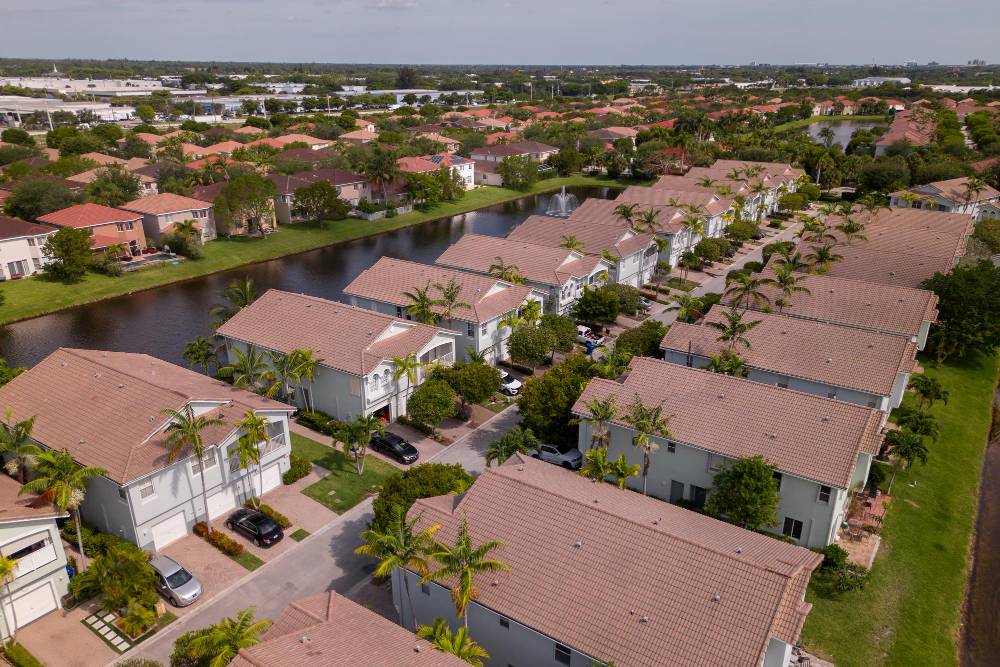
Urban Design Services That Meet Australian Green Building Standards
Discover how urban design services help meet Australian green building standards. Learn how Smart Planning and Design supports sustainable, compliant projects.
read more

Zoning is one of the most important aspects of town planning in Australia. It shapes how land can be used, what can be built, and how communities grow. For property owners, developers, and investors, understanding zoning rules is essential for making informed decisions and avoiding costly setbacks.
At Smart Planning and Design, we know zoning can feel complex and confusing. This guide breaks it down into clear, practical steps so you can better understand how land use rules affect your property or project.
Zoning is the legal framework that determines how land can be used. Every parcel of land in Australia falls under a zoning category, which guides whether it can be residential, commercial, industrial, or preserved for environmental or community purposes.
The aim of zoning is to balance growth, liveability, and sustainability. It ensures developments align with community needs while protecting important land uses.
Local councils manage zoning at the municipal level. They:
Zoning rules determine what you can and cannot do with your property. They affect:
Not understanding these rules can result in delays, refusals, or legal disputes.

Residential zones vary in density and purpose:
Each has specific rules about height limits, lot sizes, and building footprints.
Commercial zones support business activity—like retail centres, restaurants, and offices—while industrial zones are reserved for manufacturing, storage, and logistics. Mixed-use developments are increasingly popular, blending work, living, and leisure in one precinct.
Certain areas are designated for community use, heritage protection, or environmental conservation. These zones may restrict development or require special permits.
When applying for development approval, zoning plays a critical role. Your application must align with the zoning rules of the site. If your proposal doesn’t fit, you may need to apply for a rezoning or variation.
Changing zoning is possible but involves a formal process:
Rezoning is complex and often takes months (or even years), but it can greatly increase property value.
Professional advice can make this process far smoother.
A client sought to rezone a large block from low-density to medium-density residential. With detailed planning reports, community consultation, and council negotiations, the rezoning was approved, unlocking the potential for townhouse development.
At Smart Planning and Design, we provide:
We make zoning rules easier to navigate so you can focus on your project’s success.
Zoning in Australia is evolving to address modern challenges. Expect to see:
Zoning is the foundation of town planning in Australia. By understanding zoning and land use rules, you can unlock opportunities, avoid setbacks, and maximise your property’s potential. With expert guidance, the complex becomes manageable, and your project stands a stronger chance of success.

Discover how urban design services help meet Australian green building standards. Learn how Smart Planning and Design supports sustainable, compliant projects.
read more

Discover the benefits of mixed-use developments in town planning Australia. Learn how they boost convenience, sustainability, and community connection.
read more

Discover why feasibility studies are essential in town planning Australia. Learn how they save time, reduce risks, and improve approval chances.
read more